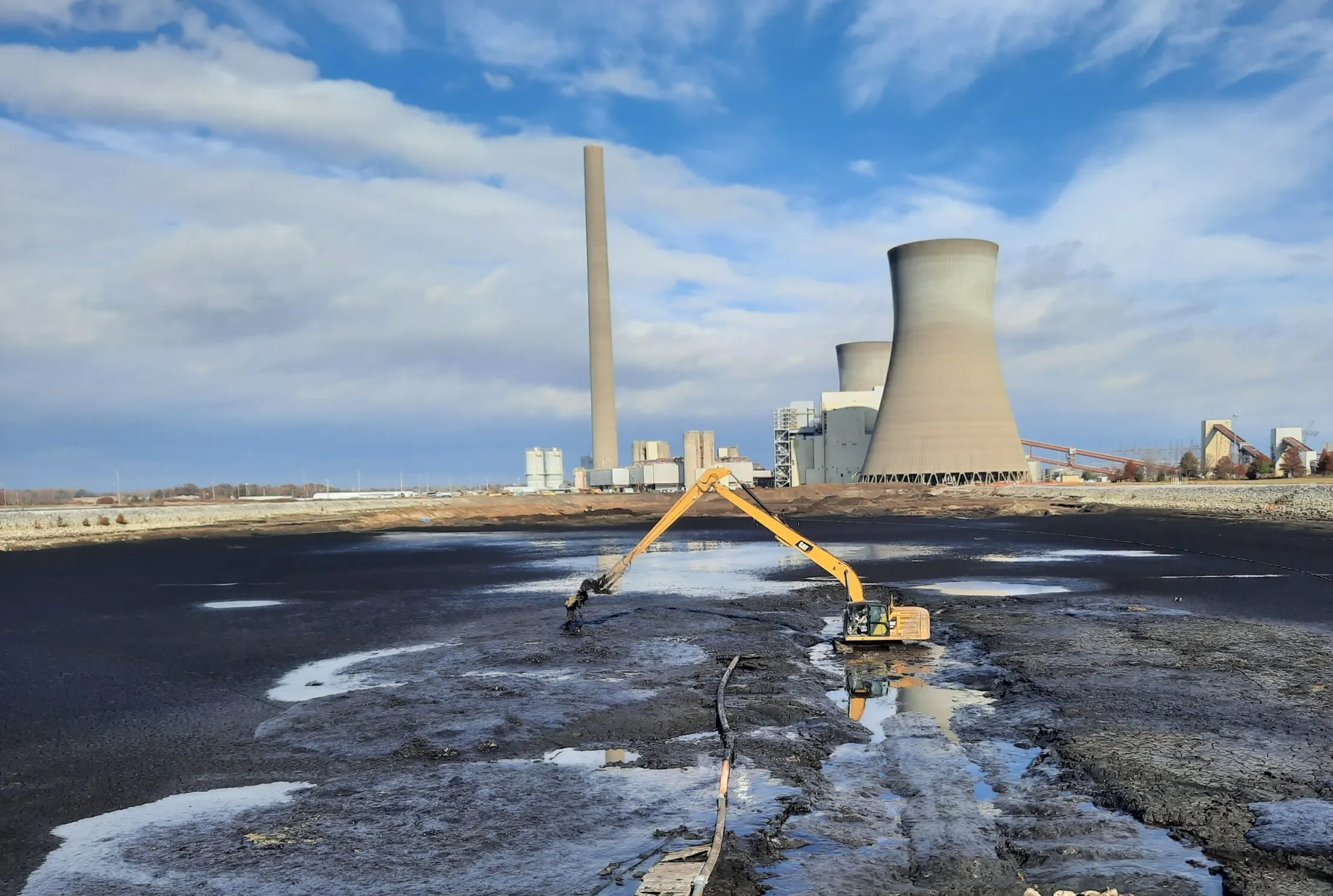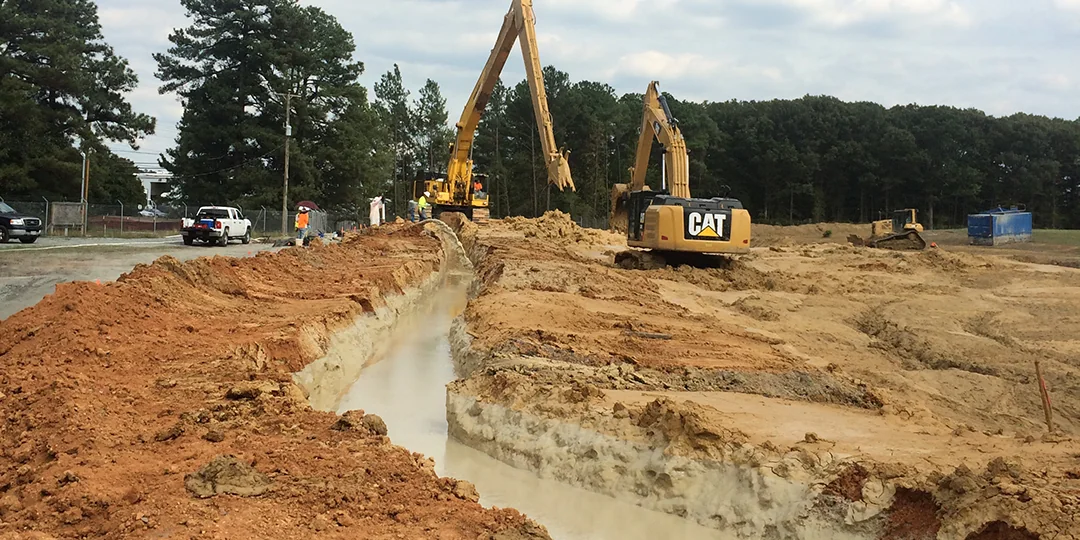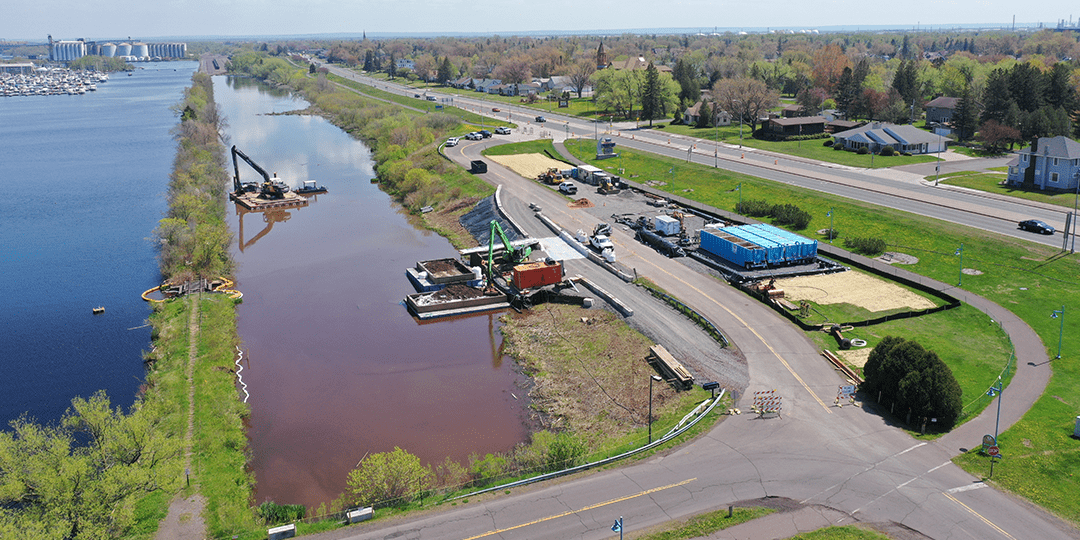FORMER MINE SITE PROCESS AREA RADIOLOGICAL REMEDIATION
Industry: Mining & Metals
Location: Rocky Mountains
Former Mine Site Restoration Completed Ahead of Schedule with an Emphasis on Worker Safety
ENTACT was engaged to perform comprehensive radiological remediation at a former copper mine site in the Rocky Mountains. This project involved the removal of radiologically impacted soil, asbestos pipe, and the capping of tailings in former evaporation ponds. All actions were executed in compliance with an EPA Administrative Order on Consent, ahead of schedule, and with a strong emphasis on worker health and safety, which impressed the EPA. The project included the following key activities:
Evaporation Pond Closures: To facilitate the closure of two evaporation ponds, ENTACT constructed three miles of haul roads using 121,500 bank cubic yards of borrow pit material per Mine Safety and Health Administration (MSHA) specifications. ENTACT also:
- Installed four acres of geo-grid for test pads and staging areas
- Applied a contour dust mitigation cover over a 22-acre pond (34,000 bank cubic yards of cover material)
- Applied cover material over an eight-acre pond (30,000 bank cubic yards of cover material)
Process Area Radiological Area Removal: ENTACT removed radiological materials from the former precipitation plant and:
- Constructed a transite pipe staging area, a sediment decontamination pad, and a PVC-lined wet RAD removal decontamination pad
- Excavated 17 RAD areas
- Blended and loaded stockpiled materials into offsite disposal vehicles, ensuring each truck was surveyed for radioactivity and DOT compliance prior to leaving the site
Transite Pipe Abatement: This phase involved the safe removal and disposal of 21,000 linear feet of transite pipe, a regulated asbestos-contaminated material (RACM). During this phase, ENTACT:
- Constructed an onsite landfill for the decontaminated materials
- Performed dry decontamination on pipes containing sediment or scale before transportation to the onsite landfill
- Loaded remaining sediment/scale into roll-off containers for offsite disposal
- Buried clean, decontaminated pipe in the onsite landfill and capped with a 30-inch cover
Let’s work together
We want to hear about your project. Learn how we
deliver results with innovation.



